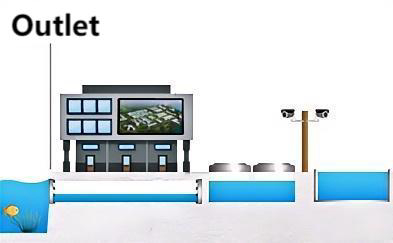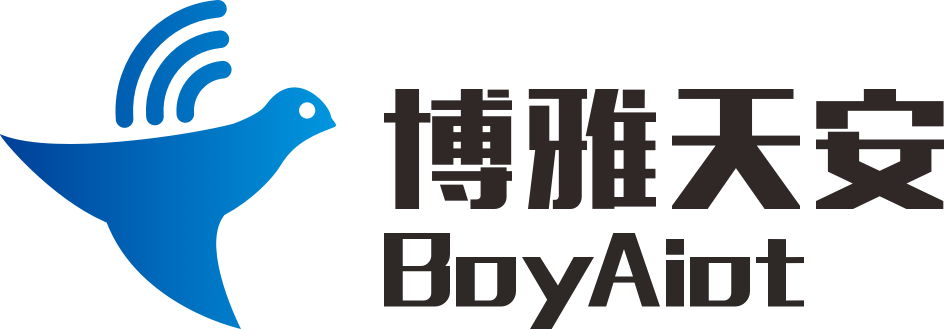Hot News
Study on monitoring and early warning technology of sewage discharge outlet in river
With the rapid development of industrialization and urbanization, the problem of water pollution is becoming more and more serious, which poses a serious threat to the ecological environment and public health. In order to effectively control water pollution and ensure water quality safety, it is particularly important to establish a set of efficient and accurate monitoring system for sewage inlet and outlet. This program aims to realize comprehensive and real-time monitoring of the sewage inlet of the river by integrating modern information technology, Internet of Things technology and big data analysis technology, and provide scientific basis for environmental protection decision-making.

System objective
1. Real-time monitoring: Continuous monitoring of the discharge and water quality parameters (such as pH value, dissolved oxygen, chemical oxygen demand COD, ammonia nitrogen, heavy metals, etc.) at the sewage outlet into the river.
2. Early warning alarm: When the monitoring data exceeds the preset threshold, the system automatically triggers an early warning or alarm mechanism to notify the relevant departments to take countermeasures in time.
3. Data management and analysis: Collect, store and analyze monitoring data, generate reports, and provide data support for environmental protection policy formulation, pollution source traceability and governance effect evaluation.
4. Remote monitoring and management: Achieve remote monitoring through the cloud platform, improve regulatory efficiency and reduce labor costs.
System architecture
1. Front-end sensing layer: Deploy water quality sensors (such as pH sensors, dissolved oxygen sensors, COD sensors, etc.), flow meters, cameras and other equipment to directly collect water quality and flow information of sewage outlets.
2. Data transmission layer: Using LoRa, NB-IoT or 4/5G network, real-time transmission of data collected by the front-end to the cloud server.
3. Cloud processing layer: Build a data center, receive, store, process and analyze data, use big data analysis technology to identify pollution trends and predict potential risks.
4. Application display layer: Develop user-friendly Web and mobile applications, display real-time monitoring data, historical data query, alarm records, analysis reports and other functions, support multi-level user rights management.
5. Emergency response layer: Integrate SMS, email, APP push and other notification methods to ensure that early warning information can be quickly conveyed to relevant personnel and start the emergency response mechanism.
Key technology
1. High-precision sensor technology: The use of advanced sensor technology to ensure the accuracy and stability of data acquisition.
2. Internet of Things communication technology: The use of low power wide area network (LoRa), narrowband Internet of Things (NB-IoT) and other technologies to achieve efficient and reliable data transmission.
3. Big data analysis: Use machine learning algorithms to deeply mine massive monitoring data, discover pollution rules, and predict pollution trends.
4. Cloud computing platform: Build a high-performance and scalable cloud platform to ensure the efficient operation of data processing and analysis.
Implementation steps
1. Demand analysis and planning: clear monitoring objectives, scope and specific needs, and develop detailed project planning.
2. Equipment selection and deployment: Select appropriate sensors and communication equipment according to monitoring requirements, and complete field deployment.
3. System development and integration: Build a cloud platform, develop front-end applications, and complete hardware and software system integration.
4. Testing and optimization: Conduct system testing, including functional testing, performance testing and safety testing, and adjust and optimize according to the test results.
5. Training and delivery: Conduct system operation training for users to ensure that users can skillfully use the system and complete project delivery.
6. Operation and Maintenance: Provide long-term operation and maintenance services and technical support to ensure the stable operation of the system.
To sum up, this solution will effectively improve the ability to monitor water pollution and contribute to the construction of a green and sustainable ecological environment.
Related products





